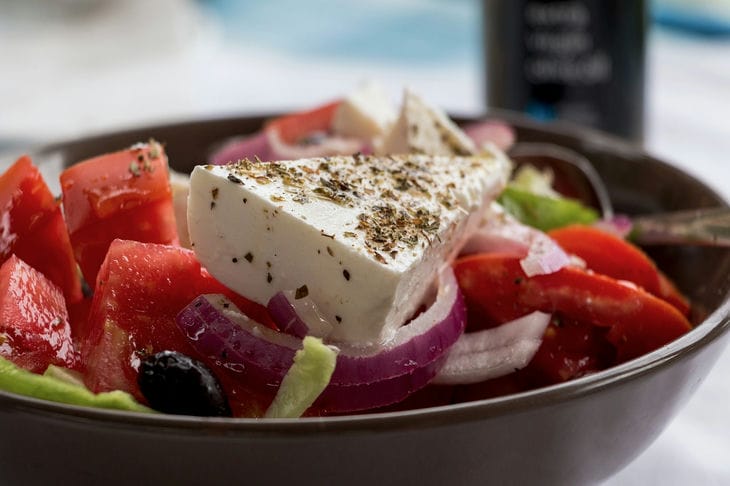Why You Should Definitely Add Feta Cheese to Your Diet: Advice for Those Who Want to Be Healthy
Feta is a soft Greek cheese with a creamy, salty flavor.
ADVICE.NEWS talked about the beneficial properties of cheese and how to eat it.
Health Benefits of Feta Cheese
Feta cheese contains a large number of microelements and vitamins. Among its main components are vitamins B and D, microelements magnesium, zinc, phosphorus, iron, manganese, sodium, calcium, selenium.
Of course, lactic acid bacteria are also present here, which normalize the functioning of the gastrointestinal tract and improve the intestinal microflora.
The difference between cheese and feta
Feta's consistency is smoother and creamier, reminiscent of pressed cottage cheese.

The two cheeses also differ in color – feta always has a snow-white hue.
The flavor of feta will not be as strong as that of brine cheese. Another difference between feta and cheese is the concentration of nutrients.
How to eat feta cheese
Soft cheese can be a good option for those on a diet. It goes well with vegetables, herbs, fruits and nuts.
Hard feta should crumble easily, while soft feta is a bit like the cottage cheese we spread on bread. Many people like to add feta to salads, put it on sandwiches, or even eat it on its own from a cheese plate. Feta is an excellent source of protein and calcium.
